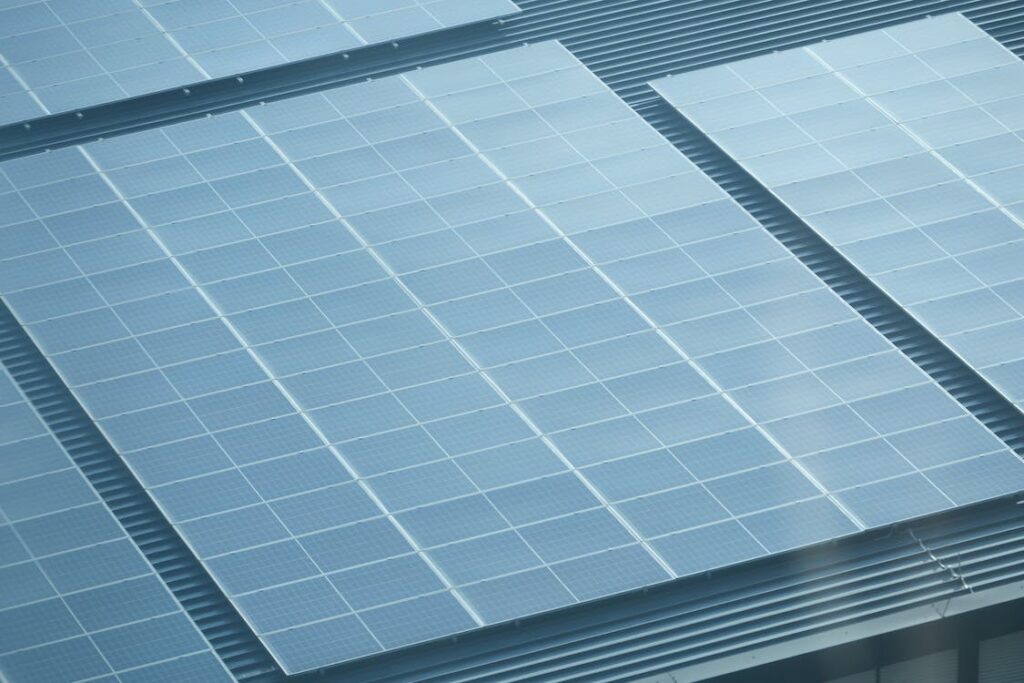Sun Power for All: How to Get Solar Benefits Without Installing Panels
For years, the absence of a roof has equated to a missed opportunity for solar power access for nearly half of the American population. However, the landscape is shifting, and the prospect of harnessing the sun’s energy is becoming as convenient as subscribing to a streaming service like Netflix. A growing number of small-scale solar farms, known as “community solar,” are emerging, offering direct access to clean, locally generated electricity. This innovative approach aims to bring solar power to individuals who may not own their homes or cannot install solar panels, often at rates below traditional retail electricity costs.
The idea of accessing clean electricity at a lower cost might seem too good to be true, but it mirrors a changing reality in the solar energy industry. Falling solar prices, coupled with increased public and private investments and the enactment of new legislation, have spurred the rapid expansion of small-scale community solar initiatives.
However, securing a subscription to one of these projects can sometimes feel like trying to snag tickets to a highly sought-after concert. While approximately 22 states have passed laws encouraging independent community solar endeavors, developers are just starting to meet the growing demand. Many existing projects are fully subscribed.
Currently, community solar initiatives in the United States generate enough electricity to power roughly 918,000 homes, which represents less than 1 percent of all households, according to data from the Solar Energy Industries Association, a nonprofit industry association.
As more states embrace the concept and the Environmental Protection Agency’s “Solar for All” program injects billions of dollars into federal solar power grants, an increasing number of Americans will have the opportunity to tap into the benefits of community solar projects.






